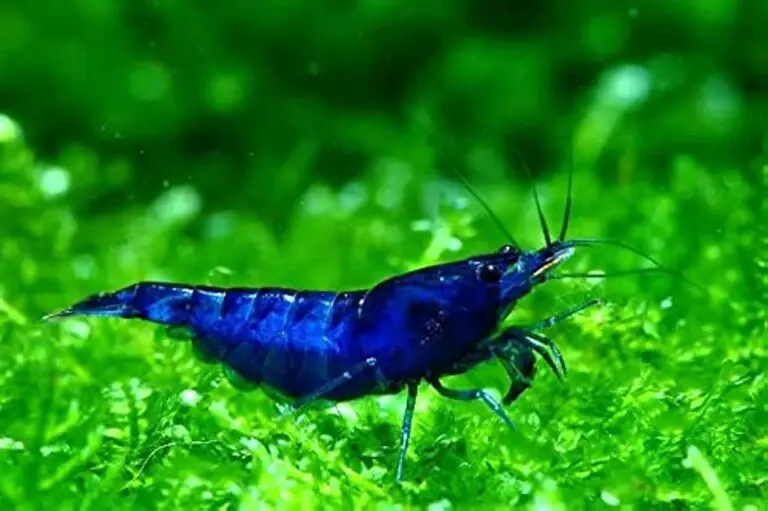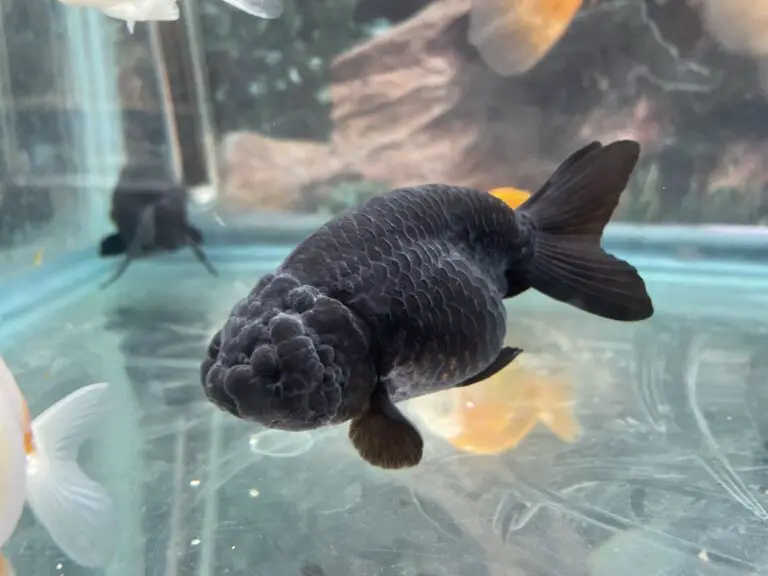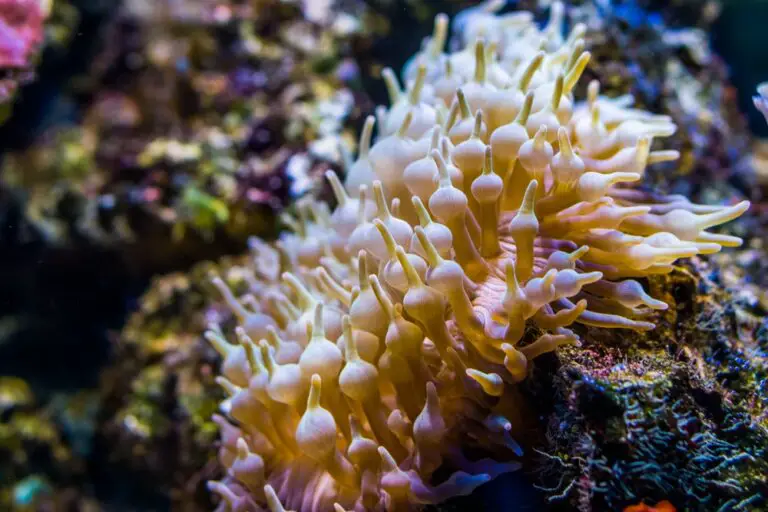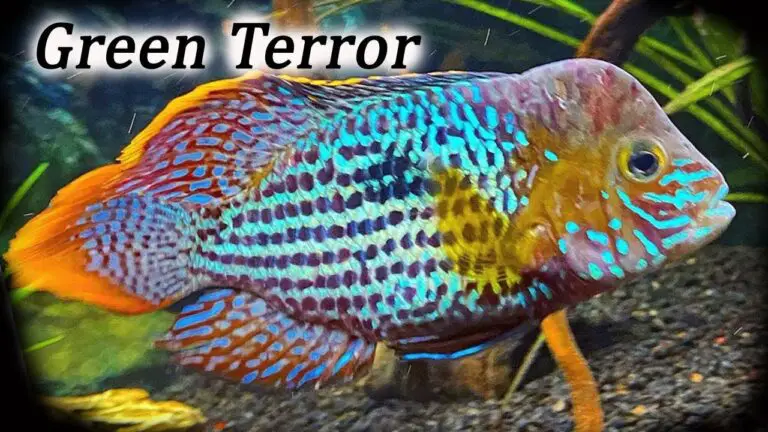How to Attach Aquarium Plants to Rocks?
To attach aquarium plants to rocks, start by cleaning the rock with a scrub brush or sponge to remove any debris. Then, prepare the substrate for planting. It can be gravel, sand or soil depending on the type of plant you are using.
Once that is done, position the aquarium plant over the selected rock and secure it in place with fishing line or thread. Make sure not to make loops around leaves as this will damage them.
Finally, hold down the plant onto its base until it is firmly rooted into place before trimming off excess fishing line or thread.
- Gather the materials you need: aquarium plants, rocks, and a fish tank-safe adhesive like silicone or superglue gel. Place the rock in the bottom of your aquarium where you would like to attach your plant. Make sure it is stable so that it won’t move around when you put the plant on top of it. Carefully position the roots of your plant onto the rock and spread them out evenly over its surface to ensure good adhesion after applying glue. Apply a thin layer of adhesive along the base of the rock and press down firmly on the roots to make sure they are securely attached with no air pockets between them and their new home on top of your rock! Let sit for at least 24 hours before adding any fish or other aquatic life into your tank so that all adhesives have had time to dry completely and not harm any living creatures in their environment.
Attaching Java Fern to Rock
Attaching Java Fern to a rock is a great way to add greenery and texture to your aquarium. The easiest way to do this is by using thread or cotton string, but you can also use silicon glue if you prefer. Once the fern’s roots are firmly attached, it will begin growing quickly and adding beauty to your tank!
Aquarium Glue for Rocks
Aquarium glue is an essential tool for securely attaching rocks to the floor of your aquarium. It should be waterproof and non-toxic so that it won’t harm any of the fish or other creatures living in your tank. Aquarium glue is often made from silicone, epoxy, or acrylic materials and can come in various colors to help camouflage it within the environment.
Be sure to read directions carefully when using aquarium glue for best results!
How to Attach Anubias to Rocks?
Attaching Anubias to rocks is a great way to add an aesthetically pleasing aquatic plant to your aquarium. To attach the Anubia, start by preparing the rock by cleaning it with a toothbrush and soaking it in warm water for 20 minutes. Then use either clear silicone or black thread to tie the rhizome of the Anubia onto the rock.
Make sure you firmly press down on the base of the leaves so that they will be held securely against the surface of your rock. Finally, place your newly attached Anubia into its desired location in your tank and enjoy!
How to Attach Java Fern to Driftwood?
Attaching Java Fern to Driftwood is a great way to create an attractive and natural-looking aquascape in your aquarium. The process of attaching the fern is straightforward and can be done with fishing line, cotton thread, or even super glue. First, make sure your driftwood has been soaked in water for at least 24 hours before attempting to attach the Java Fern.
Then wrap the rhizome of the plant around the wood several times until it’s secure. Once attached you will need to tie off any excess fishing line or thread used so that it doesn’t get tangled up in other plants or decorations in your tank.
How to Plant Anubias in Aquarium?
Anubias is a great addition to an aquarium and can provide the natural look of a freshwater environment. It’s easy to plant, but there are some tips you should follow for maximum success. Start by cleaning off any dirt or debris from the roots before placing them in your tank.
Then position each rhizome in the substrate with the leaves facing up. You may need to use rocks or driftwood to secure it if needed, then add water slowly until just covering the bottom of the leaves but not submerging them completely. Finally, make sure you have adequate lighting and do regular maintenance on your tank such as water changes and algae removal so that your Anubias has what it needs to stay healthy!
How to Attach Anubias to Wood?
Attaching Anubias to wood can be an easy and effective way of creating a stunning aquascape in your aquarium. The best method for attaching Anubias is to use fishing line or thread, as it won’t harm the plant roots. To attach it, simply tie a knot around the root system of the Anubias, then loop it around the wood that you are using for decoration in your tank.
Once secured, you can move onto adding substrate and other decorations before filling up with water!
How to Plant Anubias in Gravel?
Planting Anubias in gravel is a great way to add some color and texture to your aquarium. The best way to do this is by anchoring the rhizome of the plant onto a porous rock or driftwood before placing it into the gravel. This will help keep the roots from being buried and allow them access to vital nutrients in the water column.
Make sure that you leave enough space between each individual Anubias so they have room to grow. Additionally, take care not to bury any leaves as these need access to air too!
Super Glue for Aquarium Plants
Super glue can be a useful tool for attaching aquarium plants to things like driftwood, lava rocks, and other decorations. It is important to use the right kind of super glue that is safe for both fish and plants; some types may contain chemicals which are toxic in an aquarium environment. Additionally, it is recommended to not submerge the super glued item into water immediately after application as it needs time to cure properly before being exposed to water.
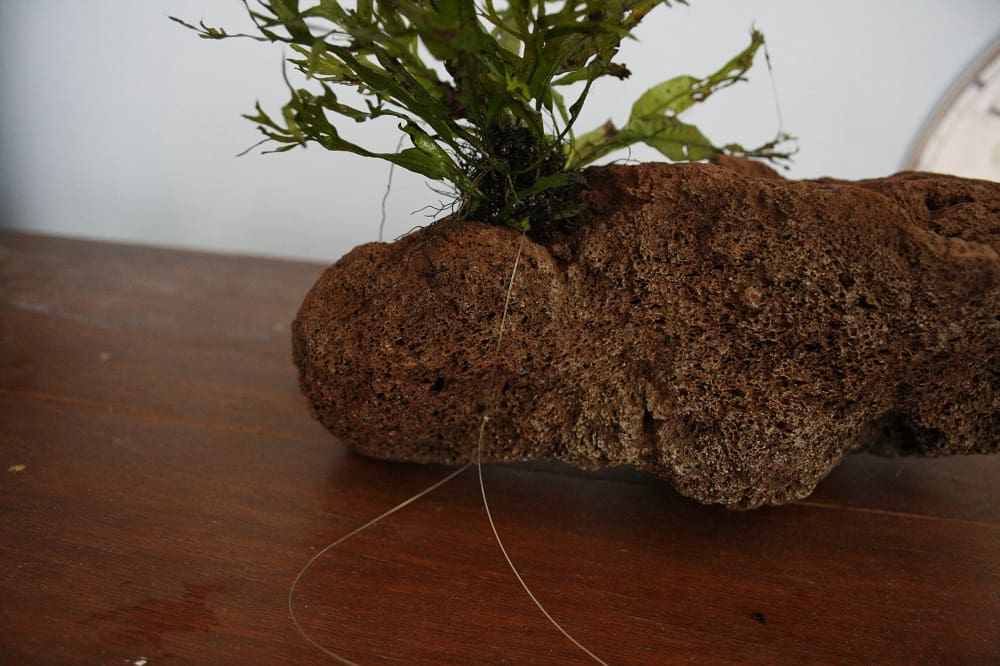
Credit: www.aquariadise.com
How Do You Attach Aquarium Plants to Rocks And Driftwood?
Attaching aquarium plants onto rocks and driftwood is a great way to give your tank an attractive, natural look. You can attach them in several different ways depending on the type of plant you have. For smaller, hardy species like Anubias or Java Ferns, you can use small fishing line to tie the rhizome (the thick stem at the bottom) directly onto the rock or driftwood.
Make sure that it’s tied tightly enough so that it won’t come off easily but not too tight as this could damage the plant’s roots. Another way to attach these types of plants is with super glue gel – just dab some onto each side of the rhizome where it will be touching either a rock or piece of wood and then press firmly for about 30 seconds until both surfaces are securely attached together. For larger, heavier plants such as Hygrophila species you may want to drill a few holes into your substrate first before attaching them with fishing line or superglue gel; this will help keep them from floating away when heavy water flows pass through their leaves!
Finally, if you’re using live aquarium plants make sure they are properly secured in place so they don’t get uprooted by fish swimming around them or sucked up into any filters you have running in your tank. Whatever method you choose for attaching your aquatic plants always remember that taking care not to injure any part of their root systems is essential in order for them to thrive long-term!
What is the Best Glue for Aquarium Plants?
Finding the right adhesive for aquarium plants can be a tricky business. After all, not all glues are created equal and some adhesives may be toxic to fish or create an unsightly mess that detracts from your aquarium’s aesthetic appeal. However, there is one glue in particular that stands out as the best option: silicone sealant.
Silicone sealant is inert and non-toxic once it has cured, so you don’t have to worry about harming your fish by using it on your aquatic plants. Furthermore, because it is completely waterproof, silicone sealant will keep its hold no matter how much water passes over it. It also bonds strongly with almost any material including glass, rocks, plastic and even metal surfaces – making it perfect for attaching live aquatic plants to decorations within the tank.
And since most silicones cure clear without leaving behind residues or film buildups like many other glues do – you won’t have to worry about ruining the look of your tank either! So if you’re looking for a reliable glue that won’t harm your fish and still looks great – then silicone sealants should certainly be at the top of your list when shopping around for aquarium plant adhesives.
How Do I Secure My Aquarium Plants?
Securing aquarium plants is an important part of keeping a healthy and aesthetically pleasing tank. Planting your aquarium plants in substrate, such as gravel or sand, will help keep them from floating away when the water current gets too strong. You can also use plant weights to hold down larger plants if they need extra support.
Additionally, you can place driftwood and rocks around the base of the plant to keep it secure. If you have fish that like to nibble on live plants, you may want to consider adding artificial versions instead of real ones so they don’t get destroyed or eaten by your aquatic friends! Finally, make sure that any plastic decorations used in your tank are securely attached so they don’t become loose and cause problems with your plant life.
With these simple steps taken care of, you should be able to rest assured knowing that your aquarium plants are safe and secure!
How Do You Anchor Plants in a Tank?
Anchoring plants in a tank can be done in a few different ways. The first way is to use aquarium weights or fishing weights that can be attached directly to the plant’s roots. This method works best for smaller and lighter plants such as Java Fern, Anubias, and Mosses.
Alternatively, you could also use something like gravel or clay marbles which are placed around the base of the plant and anchor it into place. Finally, if you have larger rooted plants like Swords or Cryptocorynes then it is usually best to place them in pots filled with soil substrate so they will not move around when your fish swim by them. All these methods should help keep your plants from drifting away from their intended spot within the tank!
How to Aquascape with Super Glue – 8 Tips
Conclusion
This post has provided a comprehensive guide to attaching aquarium plants to rocks. By following the steps outlined above, anyone can easily attach their aquarium plant securely onto a rock and enjoy the beauty of an aquascaped tank with lush live aquatic plants. With proper care and maintenance, these attached plants should last for years in any healthy freshwater or saltwater tank.



